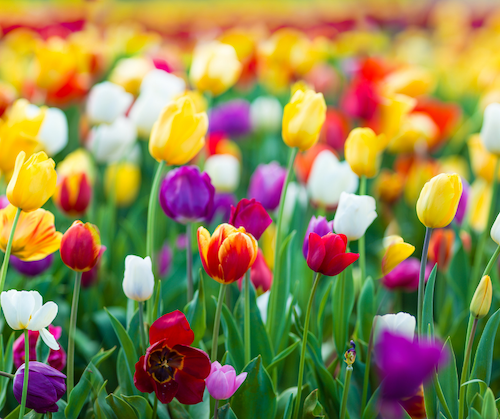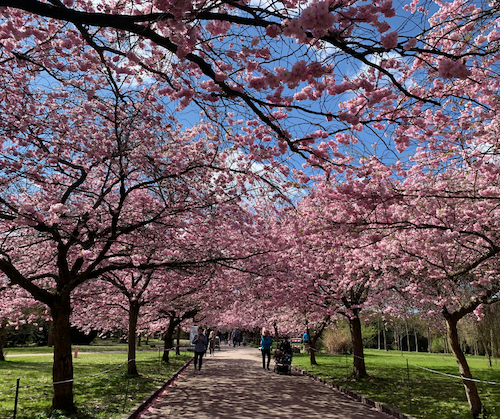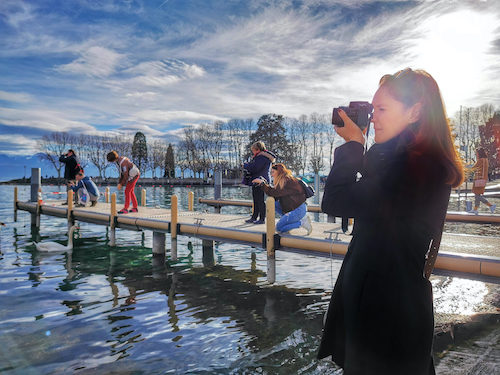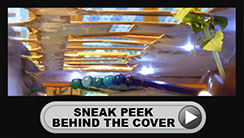Guest Blogs
Knowitall.ch often invites local experts in their field to contribute to their own blogs on our site. This means not only you will benefit from the useful recommendations that we make on our News pages, but you can also profit from some of the great advice and tips that these experts have to make on their favorite subjects. Whilst each of these bloggers has been recommended to us at some point during the evolution of Know-it-all passport and knowitall.ch, obviously we are not able to test out all the suggestions they make on their blogs, nor do we necessarily agree with all their opinions. So if you do find one of their tips useful (or not!), do let us know!
To make these blogs more accessible to you, we have now decided to group them altogether in one section, entitled Guest Blogs, accessible from our main menu bar. We will also post the most recent blogs on the home page of our site in the right hand column.
We are still building up this area of the site, and are looking for bloggers in a number of sections, including Your Home, Travel, and Leisure, so if you feel you have a useful contribution to make in either of these areas, and have the time to submit blog entries approximately every month, then please get in touch!

By Marta Koncz, www.agateexperience.com
Lately, I was asked several times what to wear on hikes, with a special interest in which shoes are suitable.
Well, in terms of clothes, the magic word is layers! Spring or summer, the weather can change very quickly in the mountains, therefore it is useful to have a light pullover and rain proof windbreaker in your backpack. Keep in mind that it is always a few degrees colder in higher altitude!
However, make sure not to wear too many clothes. You will warm up while walking and it will feel good to take those layers off. Also, you will be highly exposed to the sun. Therefore, it is essential to have a cap, sunglasses, and sun cream with you.

By Marta Koncz, www.agateexperience.com
I love walking in Spring, I can never get enough of admiring the awakening nature and the blooming flowers as far as the eye can see.
Usually, I kick off my flower "treasure hunt" with the cherry blossom; the flower that due to its short lifespan, is the symbol of the fleeting nature of life. You might have seen it earlier this spring in the Arboretum in Aubonne, in the Jardin des Alpes or Parc de l’Ariana in Geneva, behind the former Musée de l'Elysée or at the EPFL Campus in Lausanne and along Route de Crassier in Nyon.


By Dr Mecky McNeil and Dr Michelle Wright from HealthFirst
As we enter the second month of the Ukraine crisis, the feelings of concern, distress and uncertainty are becoming more challenging by the day. In response to this, we have prepared a series of podcasts to offer help and support to those in need now.
These podcasts cover the important topics of making sense of emotions in uncertain times, offer strategies to help safeguard mental health and in our third podcast we offer advice for how to talk to children about the invasion of Ukraine.
The Ukraine crisis: making sense of your feelings in uncertain times
https://www.buzzsprout.com/1961687/10305759
The Ukraine crisis: Finding safety in uncertainty: coping strategies to help safeguard your mental health
https://www.buzzsprout.com/1961687/10309260
The Ukraine crisis: Advice for talking to children about the invasion of Ukraine
https://www.buzzsprout.com/1961687/10312752
We hope you find these podcasts helpful.

By Oguzhan (Osan) Altun, Swiss Photo Club
You’ve started to take some nice photos with your phone, and you get compliments from your friends and family… Now you feel like you would like to take the next step and learn how to use a proper camera to take even better pictures. As a photography school that educates more than 2000 students every year, we put together this guide of how to learn photography for you.
Many people give up after a while because they make choose wrong classes, too many “free” online guides and videos. Don’t repeat their mistakes! Read this article now to discover the best way how to learn photography.
Decide on your goal
Do you want to start a new hobby? Become a pro? Exhibit your photos? Take better photos of your newborn?
It will be much easier to make choices if you’re already clear on what you want. In many cases, it’s a good idea to start with a beginners workshop, even if you know some basics from past experience. This can help avoid one common trap, where people stall later in their photography journey because they skipped ahead, without ever mastering the technical skills that are taught in the beginner level.
Choose the correct sequence of courses
Once you decide which photography school is right for you, you must then select which course(s) to sign up for. First, you must consider two factors:
- Determine your level
We recommend our online test to get an idea. In our observation, many people who think they are intermediate level still benefit a lot from a comprehensive beginners course. If you already know what you want, you can skip this step. - Determine your availability and budget
Half / full day workshops usually take place on a weekend, in a very concentrated form. Choose this format if you’re already very busy and just want to check your interest level before committing more hours. You will learn a lot from a good one-day course, but they require you to practice regularly afterwards to retain what you learn.

Photo credit: The Telegraph
By Claire Doole, www.doolecommunications.com
What lessons have we learnt from how we communicated on the COVID health crisis that we can apply to the climate crisis?
That has been a recurrent question in some of the panel discussions I have moderated at conferences over the past year.
Two years ago, this month WHO announced a global pandemic. Since then politicians may not have admitted that they got things wrong, but scientists certainly have as this article reveals.
What became increasingly clear is that scientists are comfortable with not having a definitive answer. Being proved wrong lies at the heart of scientific progress.
But the media failed to understand this at first. Editors want certainty and journalists like to give answers. News tends to be black and white, while science is shades of grey.
Julien Pain, producer of the French TV programme, True or False, told me during a panel that “journalists learnt that as science evolves scientists change their mind on issues such as lockdowns, masks, and vaccinating children.”
He said that journalists should have focused on “what we know for sure, what we don’t know and what we need to know”. This he thought would at least have dampened the anti vaxxer arguments about not trusting governments due to their constantly changing policies.
Interestingly, he felt that scientists tended to fall into the trap of playing the media’s game and were not cautious enough with their answers. Perhaps, he opined because they wanted to be on TV or radio.









